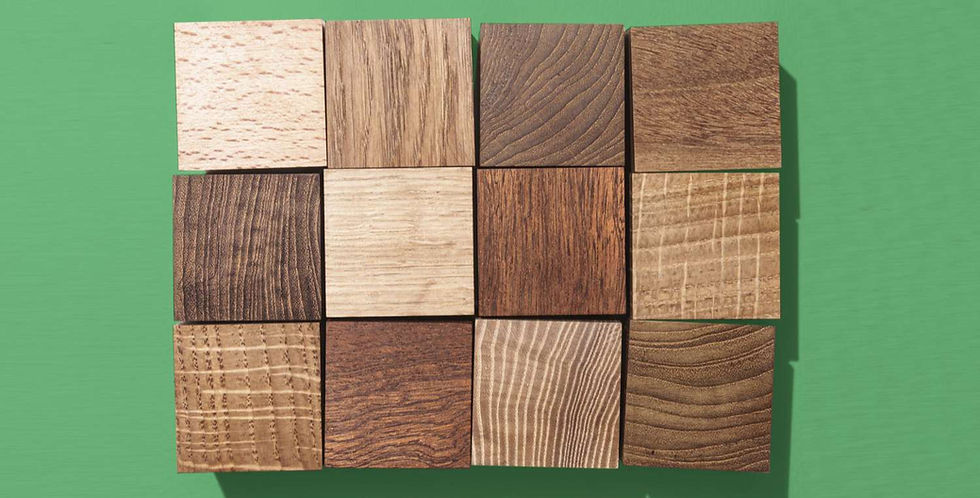How to Prepare and Plane Rough Lumber Before Building
- Forest 2 Home

- Jul 14
- 2 min read
Rough lumber is a great choice for woodworkers who want more control over the final dimensions and finish of their project. But before it’s ready for shelves, furniture, cutting boards, or any woodworking project, rough-cut boards need some prep work. Properly preparing and planing your hardwood ensures stability, accuracy, and a polished result.
Here’s a step-by-step guide to help you turn rough-sawn lumber into beautiful, build-ready boards.

Step 1: Inspect and Select Your Boards
Before you start cutting or milling, inspect each board for:
Warping or cupping
Knots or cracks
Grain direction
Choose boards with the least defects for your visible or structural parts. If you’re working with Forest 2 Home lumber, rest easy—our kiln-dried hardwoods are inspected for quality before they ever reach your shop.
Step 2: Allow the Wood to Acclimate
If the lumber has recently been shipped, give it time to acclimate to your workshop’s environment. This typically takes 3–7 days. Letting the wood adjust to the humidity and temperature in your space prevents movement after you've milled and built your project.
Step 3: Cut Boards to Rough Length
Before planing, cut your boards a few inches longer than your final dimensions using a miter saw or circular saw. This makes the boards easier to handle during milling and removes any damage or checking on the ends.
Step 4: Flatten One Face with a Jointer
To begin surfacing your board:
Use a jointer to flatten one face.
Make shallow passes, and listen for consistent contact.
Mark the face with chalk or pencil to keep track of your progress.
Flattening this face gives you a reference surface for the rest of your milling.
Step 5: Plane the Opposite Face
Once one face is flat, send the board through a thickness planer, flat face down. Plane the opposite side until it’s parallel and smooth. Don’t remove more than 1/16"–1/8" per pass to avoid tear-out.
Repeat this process on all boards to ensure uniform thickness.
Step 6: Joint One Edge
With your faces milled, use the jointer again to create one perfectly straight edge. This is essential for glue-ups or accurate cutting on a table saw.
Step 7: Rip the Opposite Edge
Using your table saw, rip the opposite edge to the desired width. Now your board has four clean, square sides and is ready for fine-tuning or layout.
Bonus Tip: Use a Moisture Meter
Even kiln-dried hardwood can gain or lose moisture based on your environment. A moisture meter helps ensure you're working with stable wood that won’t warp after the project is complete. Aim for a moisture content between 6–8% for indoor furniture or cabinetry.
Final Thoughts
Planing and preparing rough lumber may take a few extra steps, but the reward is total control over your project’s outcome. From maximizing board yield to achieving glass-smooth surfaces, milling your own wood is a valuable skill that sets your work apart.
Call to Action
Ready to get hands-on with your next woodworking project? Forest 2 Home delivers premium-quality, rough-sawn hardwoods right to your door. Whether you're building furniture, shelving, or custom décor, we give you the foundation to do it right.




Comments